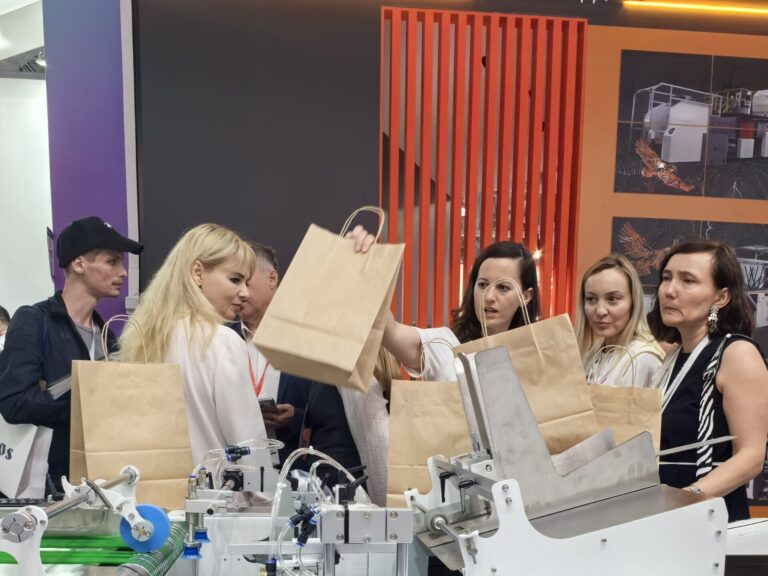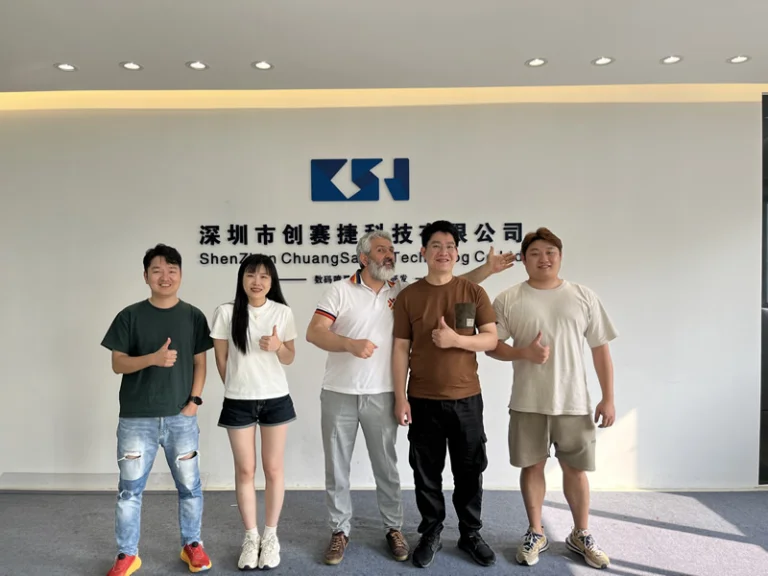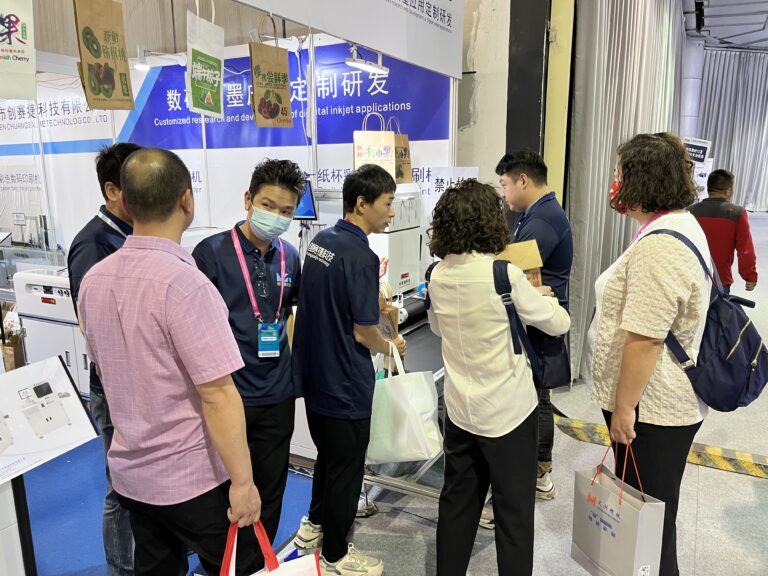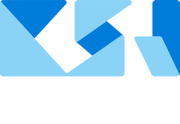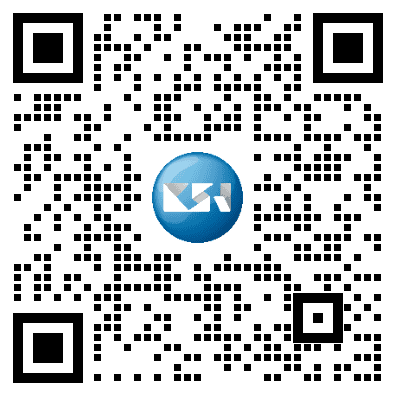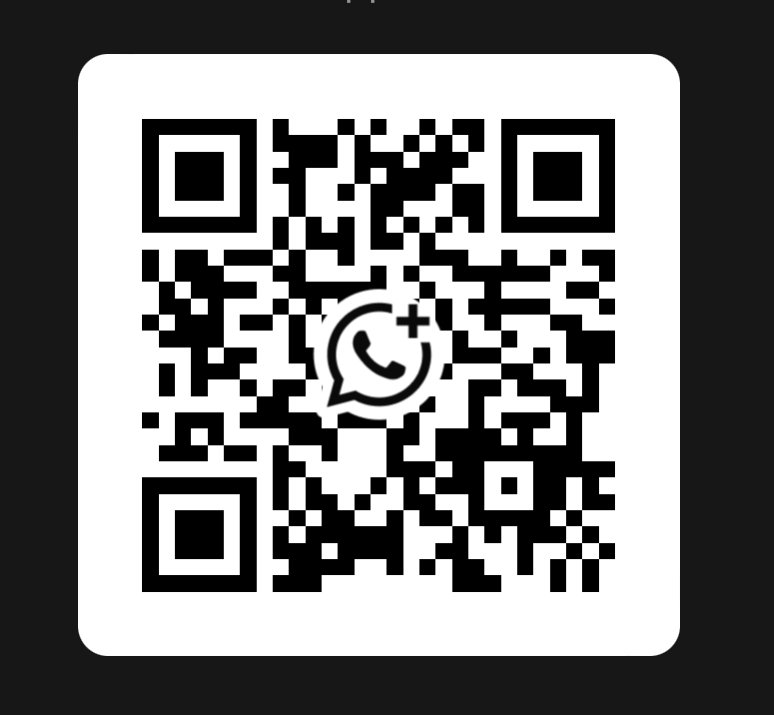Variable Barcode UV Inkjet Printer Summary
Barcodes can be categorized into one-dimensional (1D) and two-dimensional (2D) barcodes. Variable barcodes also come in both 1D and 2D formats. Barcoding is the most economical and practical form of automatic identification technology to date.
A one-dimensional barcode, or barcode, consists of varying widths of black bars and spaces arranged according to specific coding rules to represent a set of information graphically.
A two-dimensional barcode, or QR (Quick Response) code, is a graphic made of black and white geometric shapes arranged in a specific pattern on a plane (two dimensions), serving as a key to all information data.
The 128 Variable Barcode UV Inkjet Printer is a non-contact printing device designed to print variable barcodes on products. This technology is especially useful for special products that require a unique identifier for each item, facilitating automatic recognition.
This need arises in various applications, such as pharmaceutical packaging, which features a unique regulatory code for each package to aid in regulation and traceability. Additionally, to combat counterfeiting, some products are marked with variable barcodes. The primary advantage of UV inkjet equipment is its immediate drying after printing, which prevents clogging of the print heads and enables functionalities that solvent-based and aqueous inkjet printers cannot achieve. This makes it suitable for coated products, paper, and other common surface products. It can connect to or import data from a database containing variable information, then print information from the database.
The Code 128, introduced in 1981, is a variable-length, continuous alphanumeric barcode system. Compared to other 1D barcodes, Code 128 is more complex, supporting a wider array of characters and offering various encoding methods for flexible application. A Code 128 barcode typically includes a start character, data characters, a stop character, and an optional check character. It has the following features:
- Offers three different encoding types (A, B, C), allowing for the encoding of 128 standard ASCII characters.
- Allows for bidirectional scanning.
- Optional addition of a check character.
- The length of the barcode is adjustable but must not exceed 232 characters, including start and stop characters.
- A single Code 128 barcode can be encoded in different ways. Switching between the three encoding rules (A, B, C) can expand the range of character options and reduce the length of the code.
- Code 128 can include characters such as 0-9, A-Z, and special characters like +, -, *, /, ., $, and &.
This overview details the functionality and application flexibility of the 128 Variable Barcode UV Inkjet Printer and the Code 128 barcode system.


